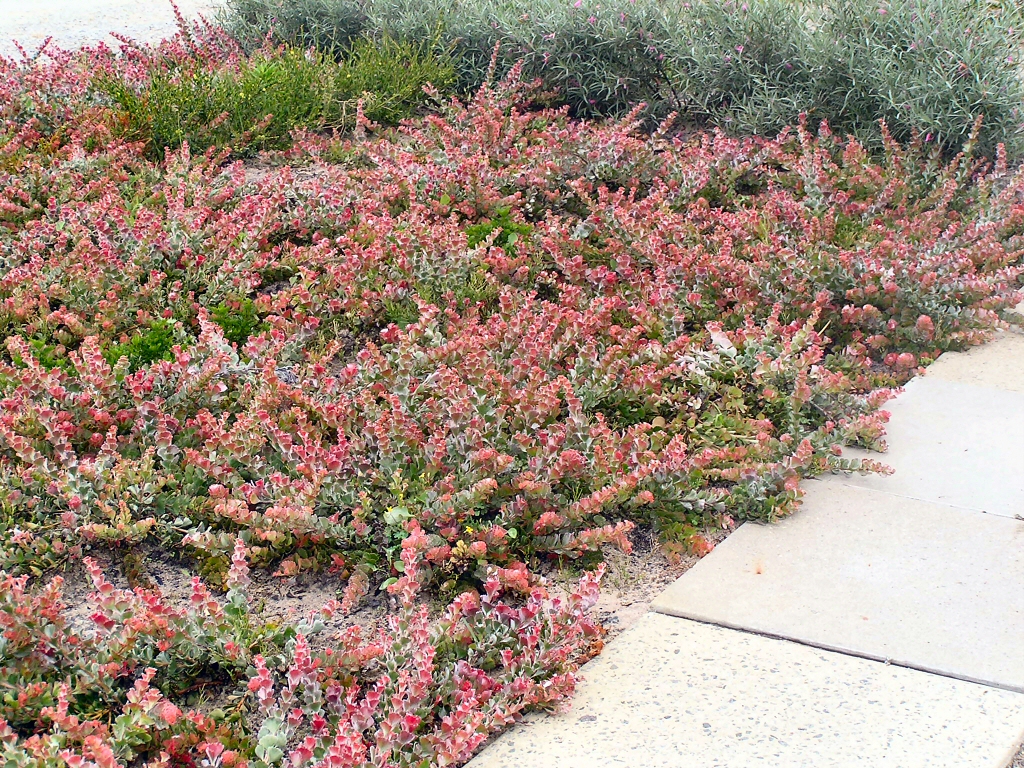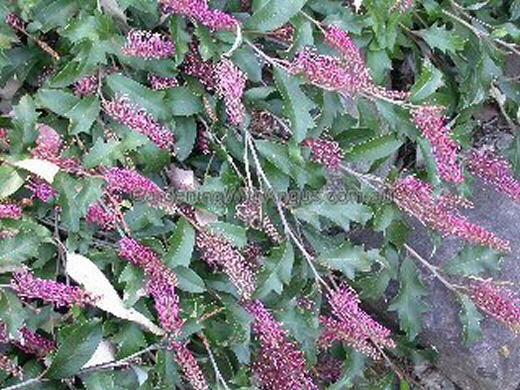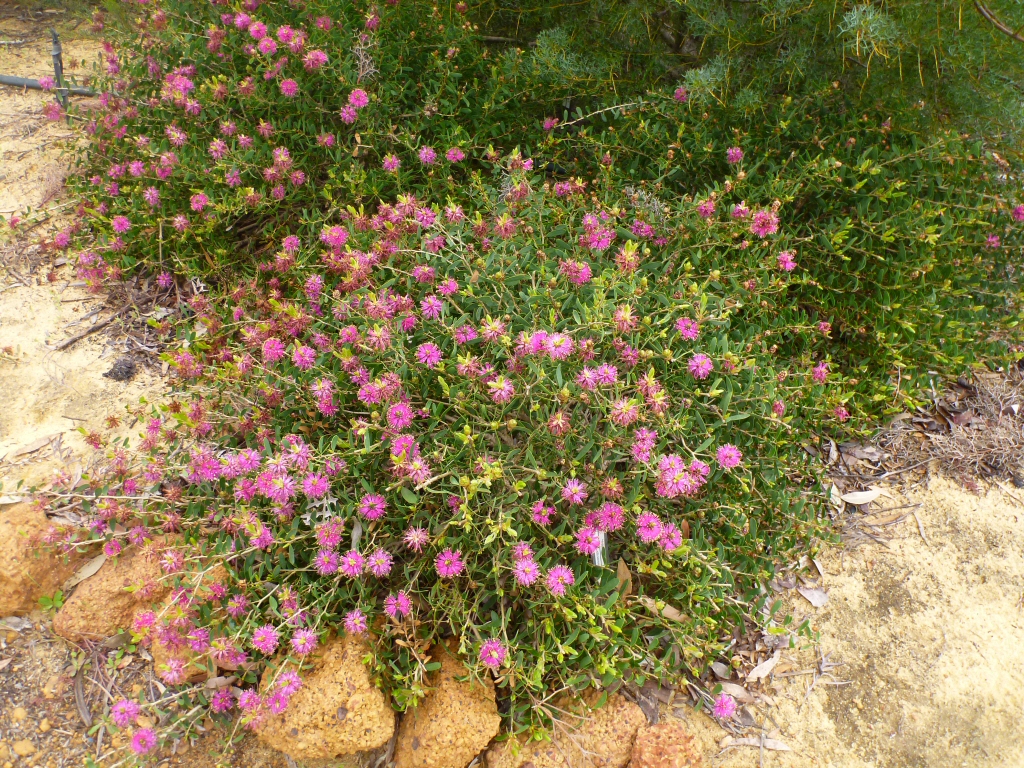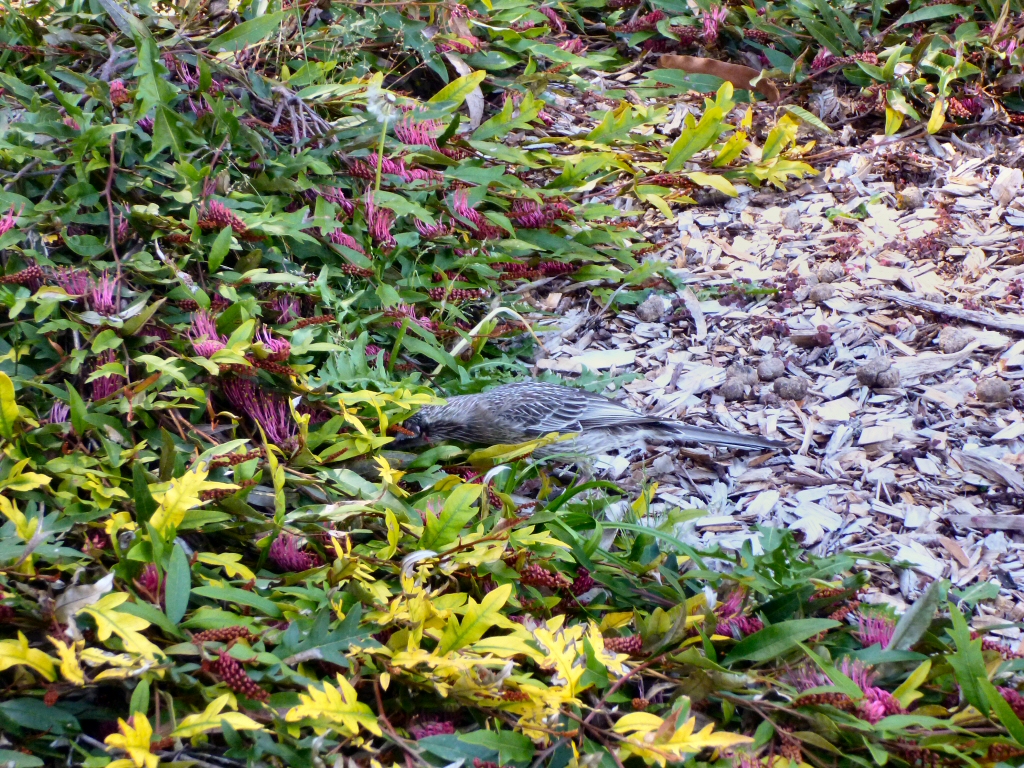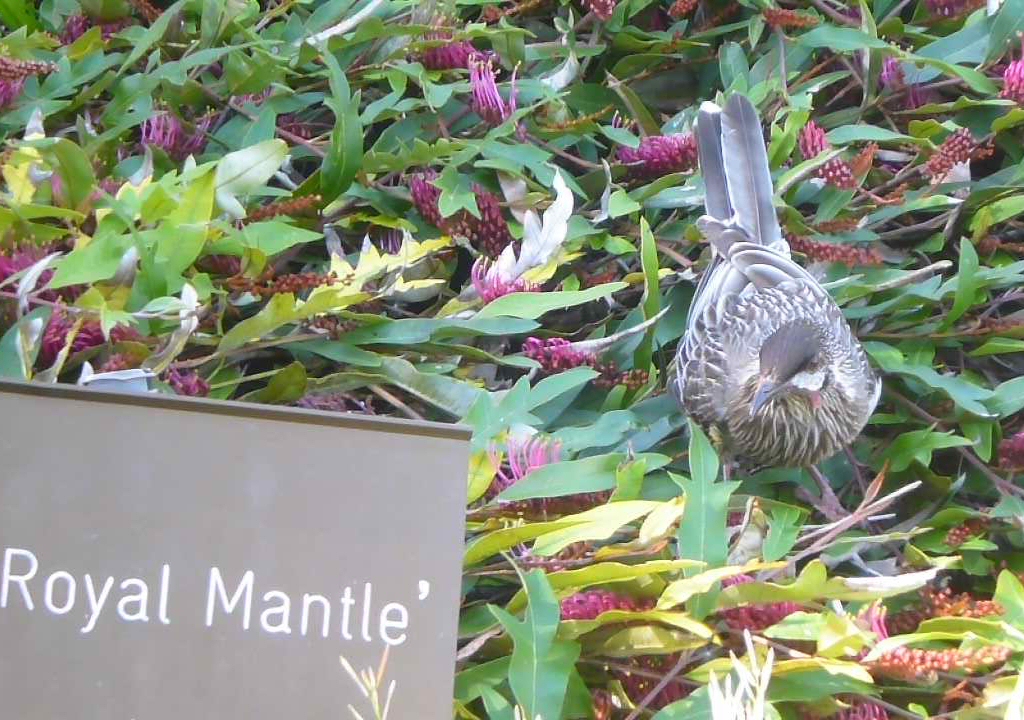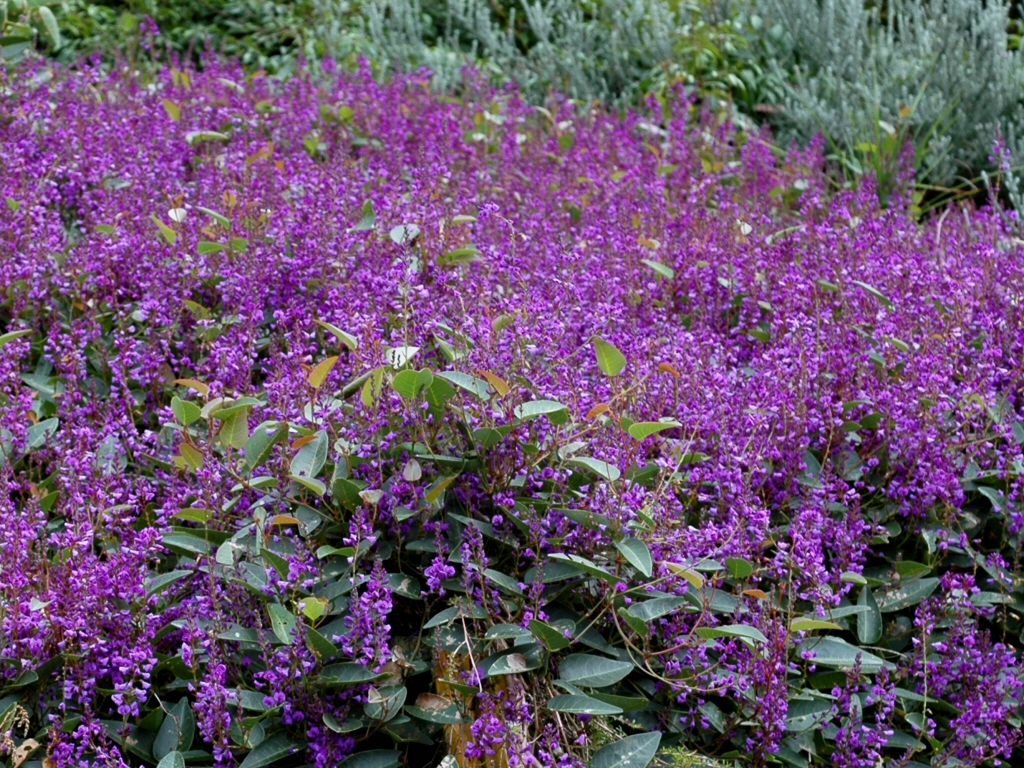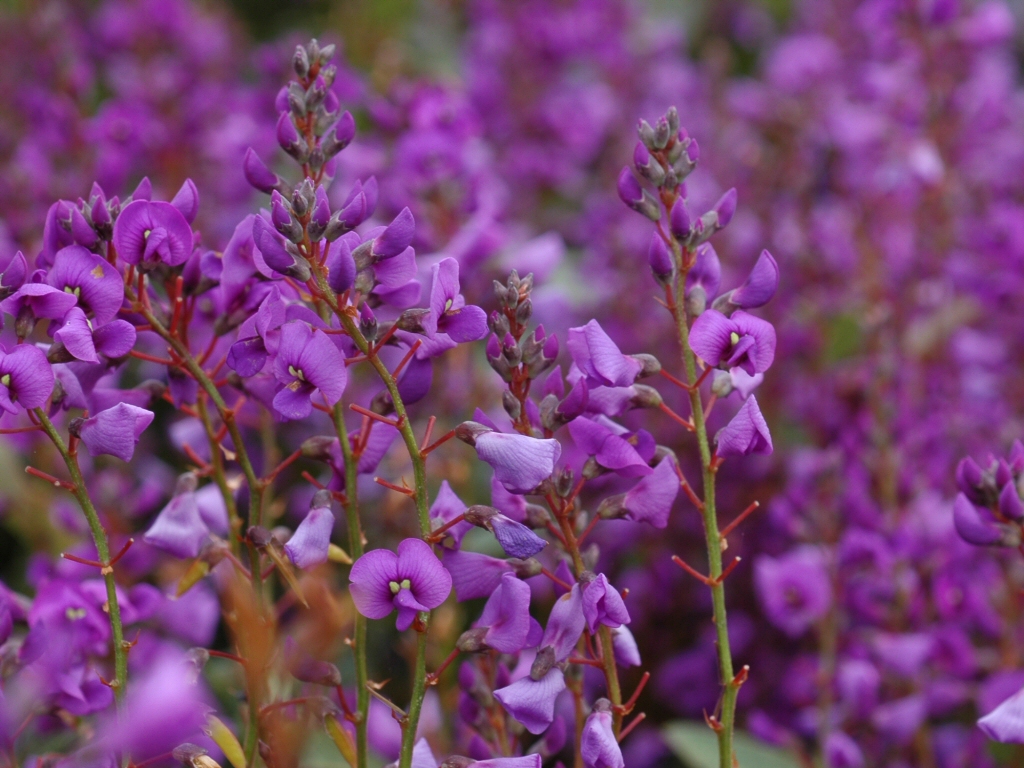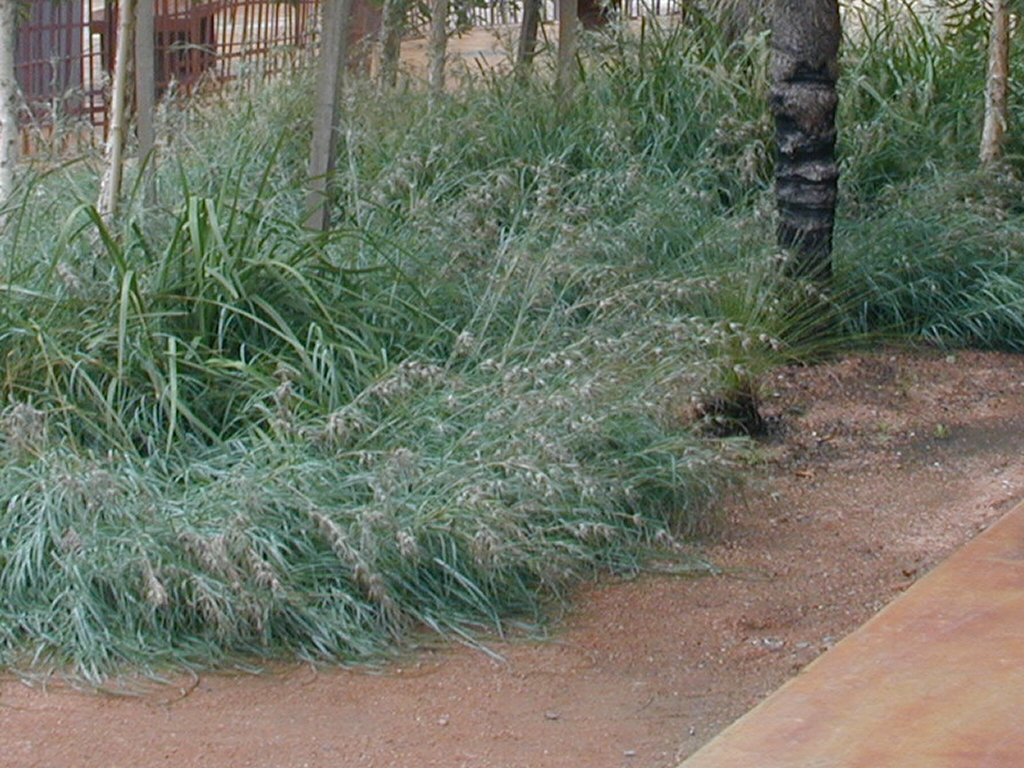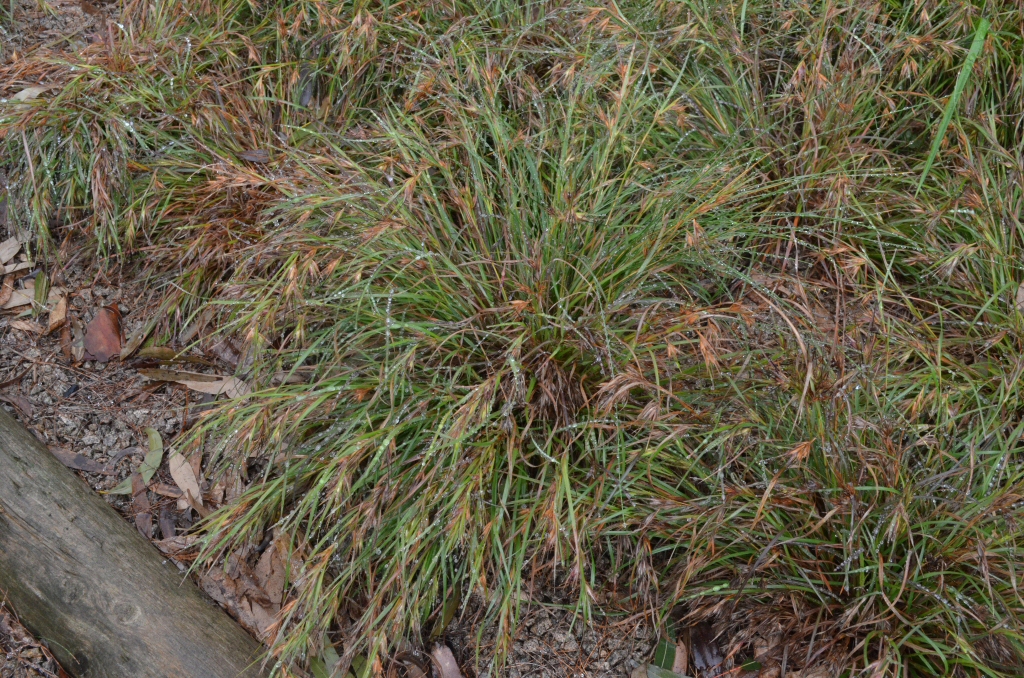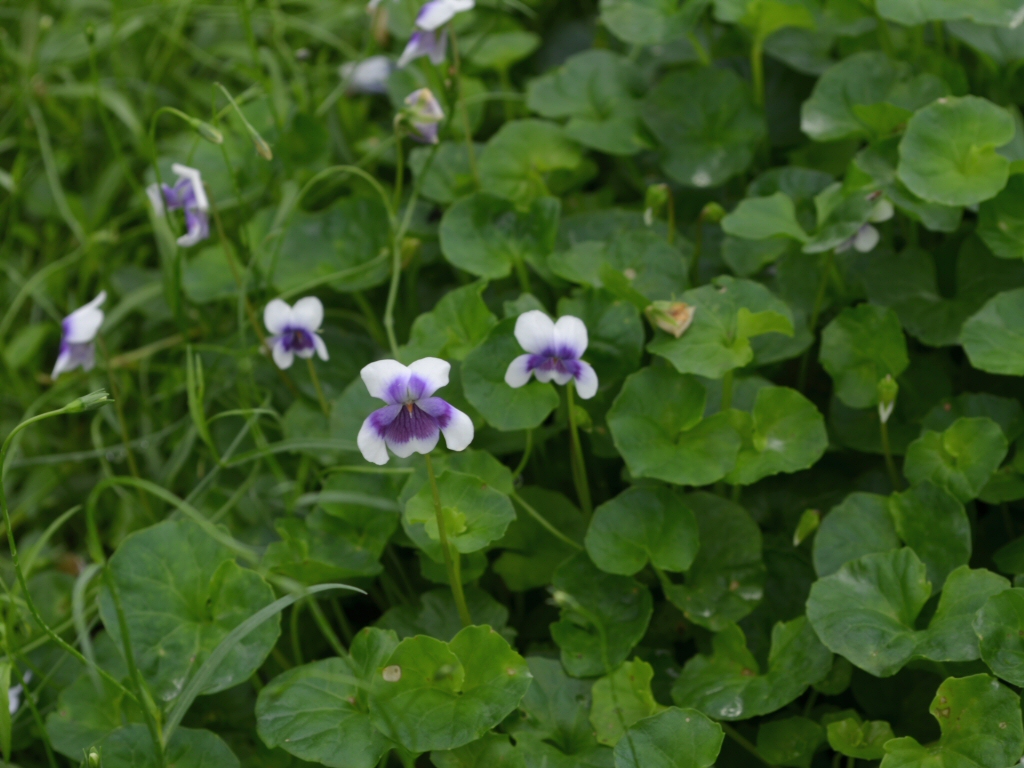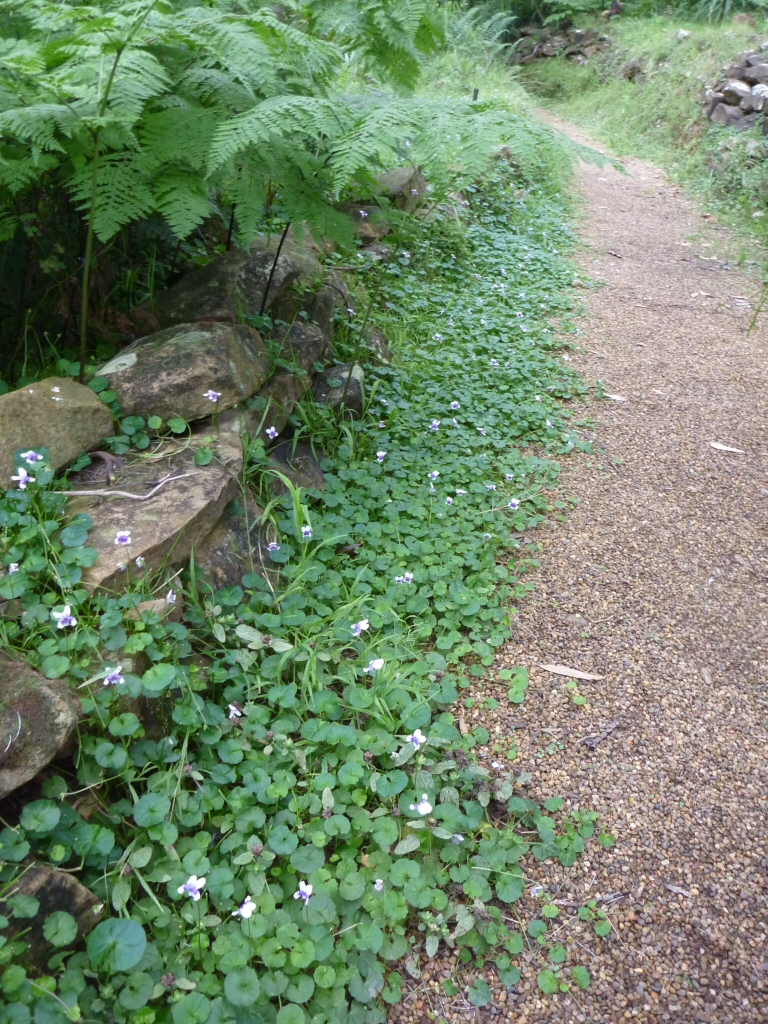One of the most useful of all plant groups is undoubtedly the ground covers. The thing that defines a ground cover is the way in which the plant forms a spreading foliage cover at ground level. They are ideal for areas in the garden where lawns are impractical because a site is too steep, rocky, damp or shady or simply that you can’t be bothered mowing it every second week in summer.
Aesthetically pleasing, ground covers not only provide interest in the garden, but are also functional, protecting the soil from erosion by wind and water and shielding the soil from direct sunlight, thus reducing the need for water and retarding weed growth. In addition ground covers bind soil particles together, making them perfect for stabilising steep slopes and banks.
Selecting the right ground cover for your garden
There is an enormous variety of ground covering plants to choose from, with the choice coming down to factors such as your climate, aspect, soil type and taste. Some are soft and trailing while others are shrubs that have a horizontal growth habit with descending branches.
Your decision can be made a lot easier by taking a walk around your neighbourhood and observing what is thriving in the gardens there as well as the eventual spread of any that catch your fancy. Deciding on a ‘look’ is important such as whether you want a bush garden feel with plants such as grevilleas or a softer appearance with exotics such as violets and geraniums. Consider constraints such as soil type and moisture levels so that you are not fighting an uphill battle to establish your choices.
Top ground covers for the garden
Ground covers vary in the rate at which they provide an all over carpet, so choosing plants that spread quickly will dramatically reduce weeding in the early stages. Here are some tried and trusted ground covers for particular situations:
For hardy, drought resistant cover on a sunny, dry bank grevilleas are an excellent choice.
‘Poorinda Royal Mantle’ is one of the most popular with its bird attracting red toothbrush flowers and rapid, prostrate growth. Native sarsparilla (Hardenbergia violacea) is normally a climbing plant but in the absence of support it will perform brilliantly as a totally prostrate ground cover, spreading a couple of metres wide. It thrives in most soil types over a wide climatic range and provides an attractive display of purple, pink or white flowers in spring. There are varieties that have been selected for their superior ground covering performance, such as Hardenbergia ‘Sea of Purple’.
There are also some native grasses that are very effective in group plantings for low maintenance areas. The dwarf blue leaved form of kangaroo grass known as ‘Mingo’ and the dwarf ‘Quokka’ are particularly attractive and are a clumping type of perennial that will expand laterally. Their seed heads are attractive to seed eating birds too. To achieve good coverage plant the clumps at 30cm centres and, as is the case for many clumping ground covers, a newly purchased pot can be split into several pieces to cover a larger area.
There are also exotic species that will hold their own in harsh conditions and provide a softer look. Snow-in-summer (Cerastium tomentosum) is a drought-tolerant ground cover with lovely greyish foliage with starry white flowers in summer. It is great for dry banks as the stems root as they creep along and stabilise the soil as they grow. Ivy Geraniums are an old favourite that is almost impossible to kill and will flower all through summer, given plenty of sun and reasonably good drainage.
Shaded areas are particularly difficult for lawns so forget the struggle and go for fragrance with Chinese Star Jasmine (Trachelospermum jasminoides) with its attractive, glossy leaves and sweet smelling white flowers throughout spring and summer.
The compact Gardenia radicans is also useful as a ground cover in sheltered part-sun spots with delicately scented flowers over a long period of the year. The native violet (Viola hederacea) is excellent for those tricky shaded areas with damp soils.
Also excellent in a shady spots are wild strawberry (Duchesnea indica), and blue bugle (Ajuga reptans). These last three are all examples of ground covers that spread by runners and suckers and can be easily divided with a trowel and transplanted to fill an area up more quickly.
Wind swept, coastal conditions provide a particular challenge. Native plants such as snake vine (Hibbertia scandens) or dwarf forms of coastal rosemary (Westringia fruticosa) such as ‘Flat’n’Fruity’, ‘Jervis Gem’ and ‘Zena’ are great for a less formal effect. Exotics such as shore juniper (Juniperus conferta) and creeping juniper (J. procumbens) are hardy, low growing grey green leaved conifers that will spread over several metres to form a dense weed suppressing carpet.
-
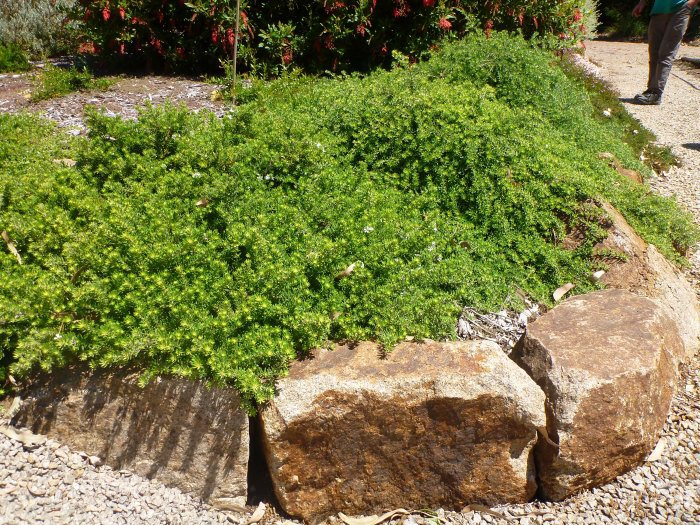
Westringia fruticosa coastal rosemary 'Flat-n-Fruity'
-
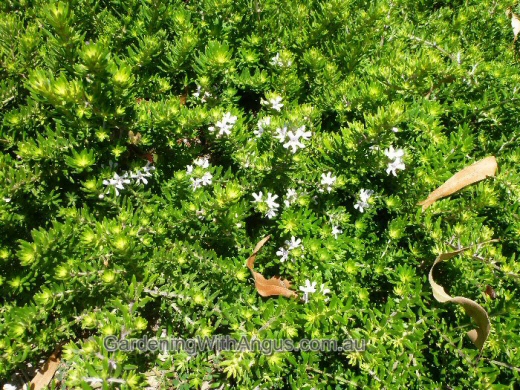
Westringia fruticosa coastal rosemary 'Flat-n-Fruity'
For something a little different there are numerous herbs that make excellent scented ground covers. Varieties of Chamomile and Thyme have been used as lawn substitutes since medieval times. Their fragrance when brushed against or lain on is intoxicating. Any of the mint family is excellent for damp shady spots, although it is should be pointed out that their suckering habit will tend to make them invasive. Some kind of solid barrier suchas a sheet of fibro can be inserted into the soil to a depth of 30cm if you need to limit their spread. Penny royal gives a rapid cover in a partly shaded position and a must if you are a dog owner and want a wash that will keep fleas at bay. Prostrate Rosemary or Oregano (green or gold), can also be used in a fairly dry sunny position and look excellent trailing over a retaining wall.
How to establish and maintain ground covers in the garden
Once established most ground covers need very little maintenance or attention apart from an occasional dressing of complete fertilizer and a judicious trim after flowering to stop the more vigorous species from getting out of hand.
Preparation of the site for planting needs to be thorough as once your chosen plants become established it will be much harder to deal with persistent perennial weeds such as Oxalis or Onion Weed. Spraying with a systemic weedicide such as glyphosate beforehand is often a good idea and just to be doubly sure, some sheet mulching using newspaper (up to 10 pages thick) and a generous layer of bark chip. You will also ensure much better establishment and rate of cover if you fork the soil with some well-rotted compost or manure before planting. For best results, prepare your site now and in particularly dry spots, add some water storing crystals into the planting hole.

